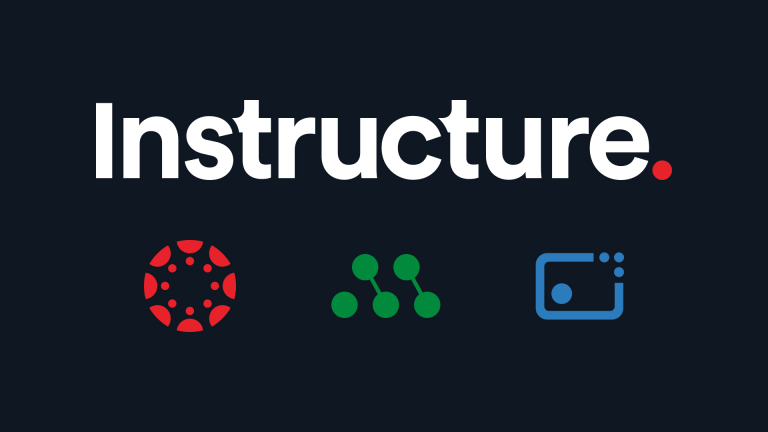With the massive transition to remote instruction since March 15, our analyses have shown an expanding digital divide between students accessing online learning technologies and students not accessing any remote learning technology.
The Education Trust, Digital Promise, AEI, Chiefs for Change and many other respected organizations have outlined broad and significant challenges for Schools in COVID19 Response, including a needed focus on increasing access to devices and broadband. This has included short-term solutions like the massive provision of devices and hot spots by school districts over the last few weeks, and advocacy for increased funding for broadband by the FCC and others.
However, education leaders realize that while access to devices and broadband is an important first step, it is engagement and, ultimately, effective learning that must be the goal.
What’s the difference?
Access can be defined as the ability to connect to the Internet. This means the percentage of students with a device that has reliable broadband connectivity serves as the measure of success. While this is the most basic infrastructure need for online learning, it is far from defining effective instructional continuity. By definition, these percentages should be high, and must be for equitable remote learning, so moving towards 100% is certainly the goal -- as the US Dept of Ed has outlined in their ConnectED initiative. However, state and district leaders should guard against waving the checkered flag based merely on access.
Engagement can be identified as the amount, frequency and quality of interaction students are having with and across digital learning tools. In other words, what are students doing with their access, as it relates to their own learning? How are students engaging and utilizing the tools available? Understanding individual interaction can provide clarity on “attendance” of students—for instance, which students “attended” online today? Further, by looking at percentages of engagement, districts and states can understand whether their policies, practices and supports are increasing engagement across their student populations. By doing so, leaders can monitor and understand how their efforts are closing their local digital divide.
To inventory, monitor and understand student engagement, any US district can activate the LearnPlatform by Instructure inventory dashboard for free for their organization.
Ultimately, safe, equitable learning is the goal of every US school system. Students must engage in order to begin and expand learning. However, we understand that measuring learning is a science that goes well beyond any single policy or prescription. LearnPlatform’s RCE engine is used by districts and states to run rapid-cycle evaluation to understand the relationships between interventions and student achievement quicker than ever before. Based on empirical analysis of hundreds of rapid-cycle evaluations across dozens of edtech tools conducted by schools and districts across the country, on average there is a positive association between product usage and learning outcomes (correlation coefficient of 0.3). Therefore, the equity gap is further amplified beyond the digital divide measured directly from the access and engagement data. By applying this factor to empirical evidence of engagement, usage and access, school districts can truly quantify the broader implications of lost access in their changing learning environments.
While 100% learning by 100% of students is the north star for districts and states, monitoring and improving student engagement can serve as the fulcrum on which remote learning plans should focus. States like Utah, which has had a focus on “fidelity” of use of their digital teaching and learning statewide, have bounced back quicker during the transition. And, their districts have reported smooth and ongoing engagement with parents, teachers and students through LearnPlatform, their edtech effectiveness system.
The LearnPlatform research and analytics team has extrapolated an impact-proxy factor, the correlation coefficient between use and outcomes, based on a growing data set of hundreds of rapid-cycle evaluations. The 0.3 is determined across myriad environments and products. Impact-proxy factors for individual products and environments likely vary. Over the coming months, the researchers will continue vetting, validating, updating and publishing on the findings.
Related Content
 inst-3step.jpg
inst-3step.jpgBlogs
 educause_recap.jpg
educause_recap.jpgBlogs
 inst-default
inst-defaultBlogs

